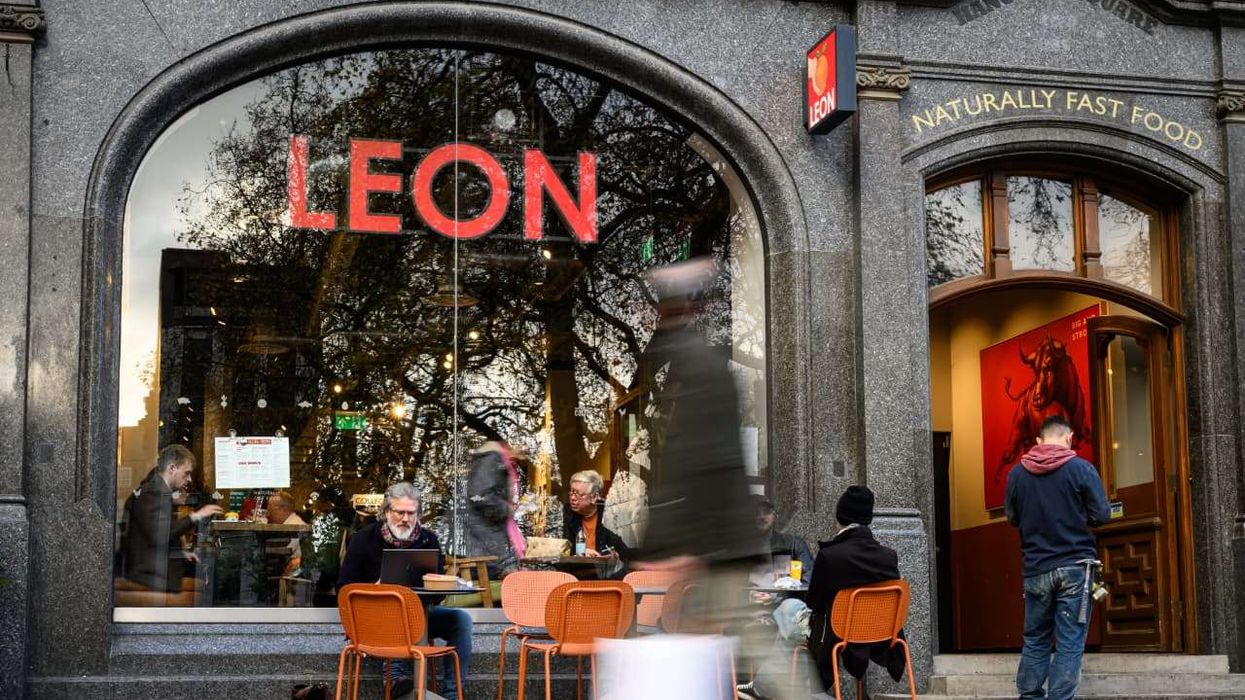India’s economic growth slowed sharply in the June quarter, putting the government’s target further out of reach and raising concerns that Asia’s third-largest economy will create too few jobs for a burgeoning workforce.
Figures released by the Statistics Office on Wednesday (August 31) showed GDP grew by 7.1 per cent in the June quarter, the weakest in five quarters and down from 7.9 per cent in the preceding three months.
And, while India retained the title of the world’s fastest-growing large economy ahead of China, the rate was well below the 7.6 per cent growth forecast by analysts.
Growth was dragged down by a contraction in mining and a sluggish farm sector.
“This number is much, much below the market expectation,” said Devendra Kumar Pant, chief economist at India Ratings and Research.
Pant added that would make it hard to meet the government’s goal of eight per cent in the current fiscal year.
Although India is outpacing China, growth needs to approach double digits to generate the jobs that prime minister Narendra Modi has promised to the millions of Indians joining the workforce each year.
Looking ahead, bountiful rains in the June-September monsoon season should provide some support to growth and relief to India’s 263 million farmers as they recover from two consecutive drought years.
Normal rainfall this summer can lift rural consumption by $80 billion (£61bn) in the year to end-March 2017, according to Citibank’s estimates.
A hefty hike in wages for nearly 10 million central government employees and pensioners will also fuel spending, countering some of the caution among urban consumers due to low wage growth.
Some economists still harbour doubts about how well India’s new GDP series, introduced last year, reflects the state of the economy, as it captures value addition rather than production volumes that the old series used.
Having inherited an economy expanding at its slowest in a decade, Modi has sought to get growth moving again by implementing reforms and boosting government spending to offset a lack of private sector investment.
Yet that is unlikely to compensate for slower growth in financial, trade and transportation services, analysts said.
The government is trying to follow through with more reforms, putting together a fiscal package for the textile sector.
“There is still tentativeness in sustaining the growth momentum,” said Shubhada Rao, group president and chief economist at Yes Bank.
Rao said the weak figures could prompt the incoming governor of the Reserve Bank of India, Urjit Patel, to back an interest rate cut before the calendar year is out. The RBI has been holding off because inflation, at over six per cent, is outside its comfort zone.
“Broadly, investment continues to remain on a weak turf. We hope that in the second half, consumption will support growth,” said Rao. “The high frequency indicators do suggest a recovery.”











